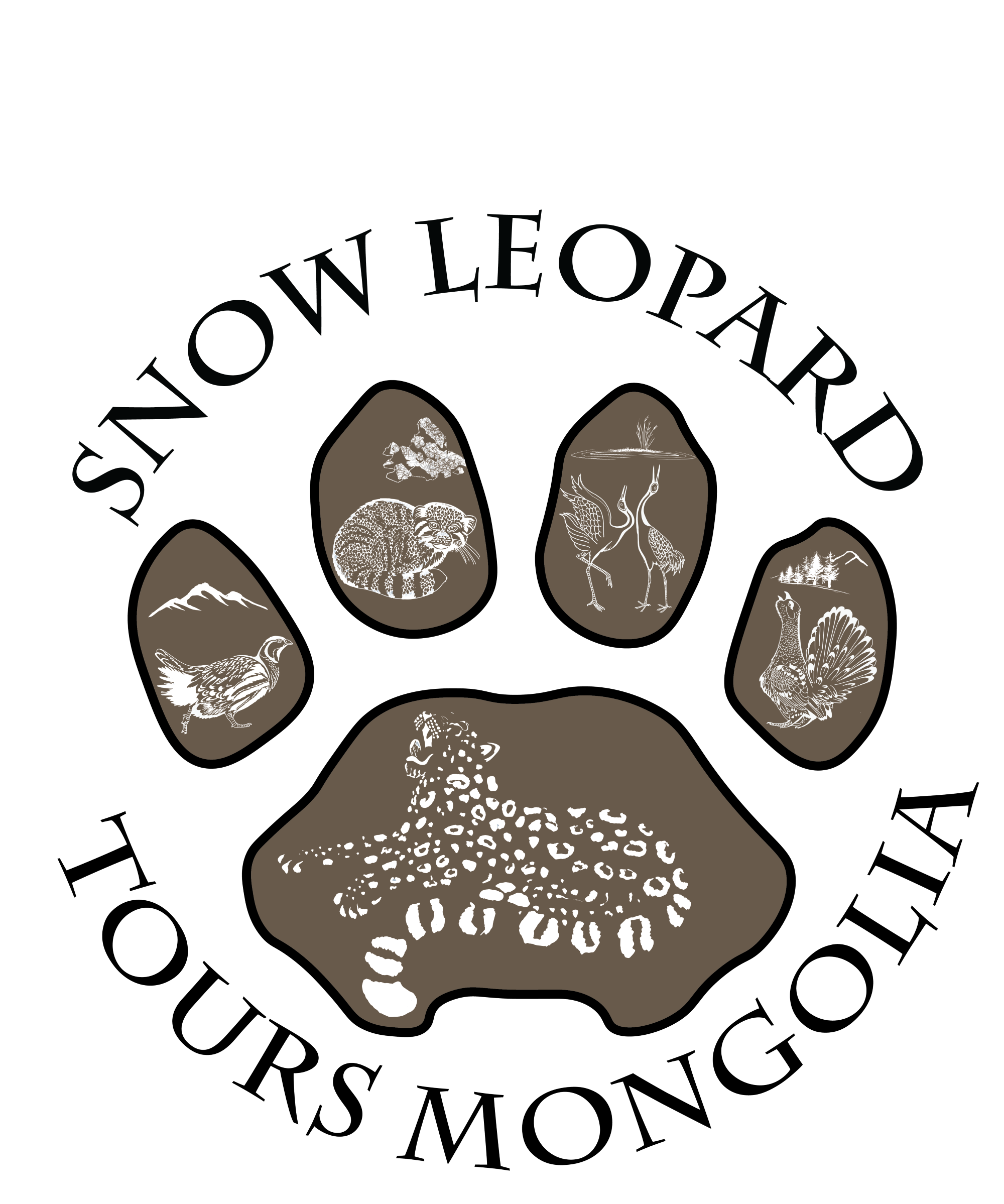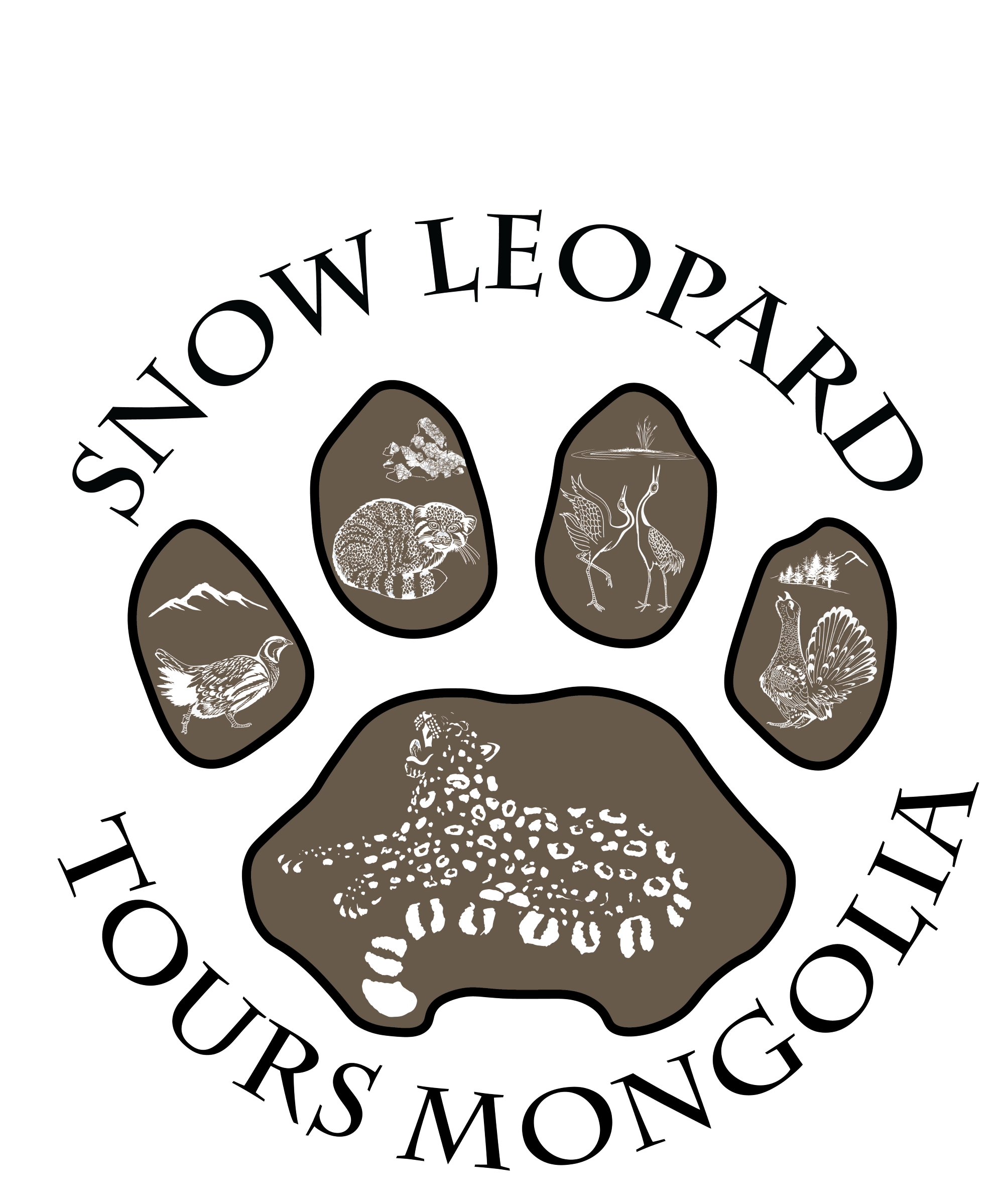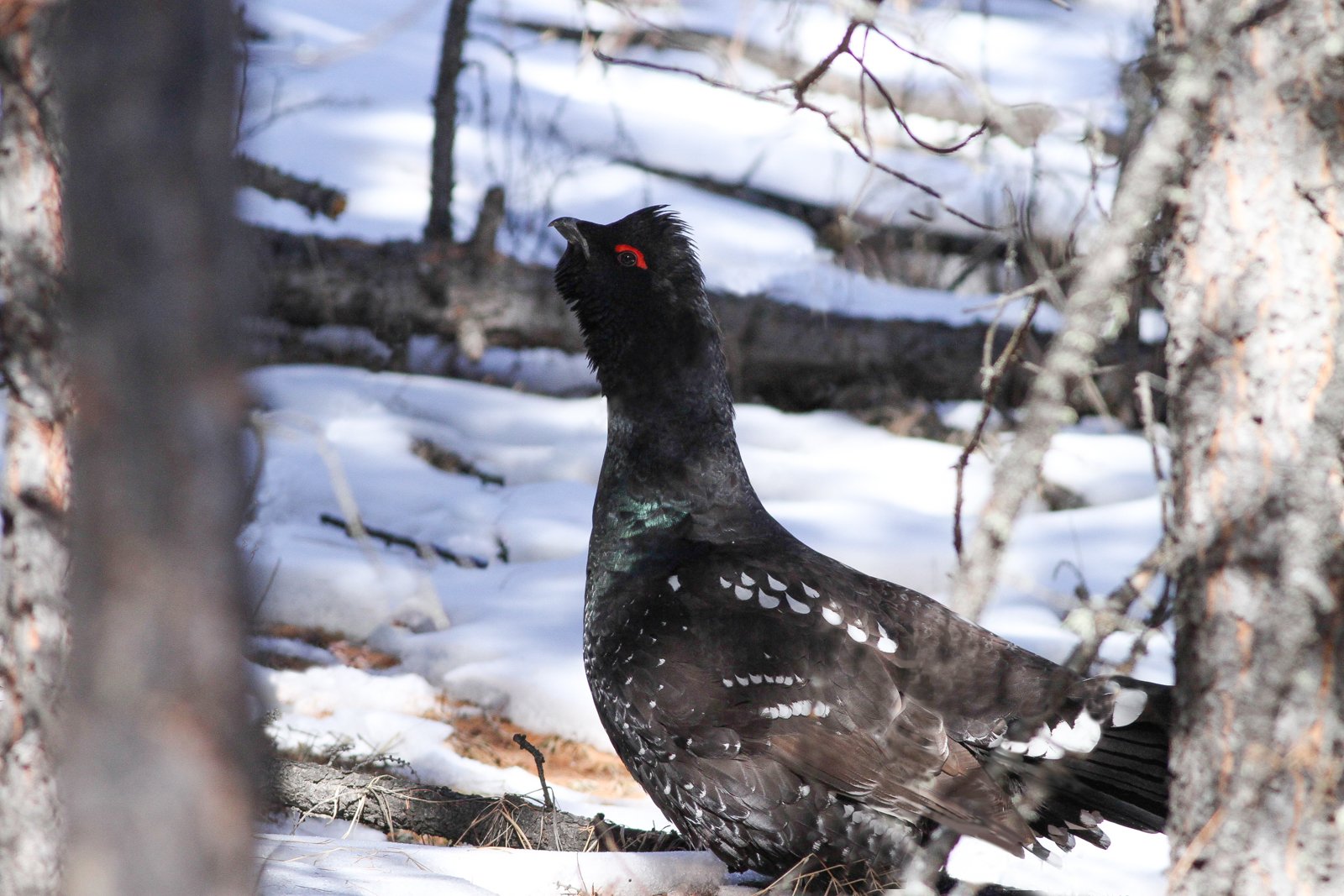Mongolia has relatively low forest cover with just over 8 percent of the country (12.9 million hectares) being forest-covered area. This includes 10.5 million hectares of coniferous and hardwood forests and 2.4 million hectares of Saxaul forest (Haloxylon ammodendron), a shrub or small tree native to the Gobi desert and with a height ranging from 1.5-12m.
The coniferous forest consisting mostly of Siberian larch, Siberian pine, and Scotch pine mixed with deciduous trees such as poplar and birch is located in northern Mongolia as being part of the southern end of the Siberian taiga forest.
For the last couple of years, my winter birding confined mostly to the southern Khentii mountain, the northern outskirts of Ulaanbaatar city (the capital). Silas Olofson, a Faroese birder who resided in Mongolia for 3 years and I had countless birding trips to the forest since 2018 and Andreas Buchheim aka Abu (a German ornithologist) who lives in Mongolia part time joined us whenever he is back in the country.
Very few and toughest species remain in the taiga when winter comes and most of the summer breeders head south for warmer climates. About half of the mammal species hibernate and those who endure the cold temperature face food shortages throughout the winter because of heavy snow cover and low food abundance. Days are short and the active hours of the animals diminish accordingly. So in short, it's a tough life to survive the brutal winter in the taiga.
For these reasons birding in the taiga forest in winter demands patience and persistence. Sometimes it takes hours of walking without seeing anything or just a few Willow Tits and Eurasian Nuthatches here and there. Plus walking in the thick snow layer is exhausting and time consuming. However, walking in the quiet and silent forest covered in deep snow is a relaxation of one mind, a peace that cannot be found anywhere.
During the summer, large numbers of summer visitors arrive only for breeding and spend the short Northern Hemisphere summer in the taiga before returning to warmer regions.
The photos below are the result of numerous short expeditions to the forest and many hours of walking and searching. I am thankful for Abu generously sharing his deep knowledge of ornithology and bird identification with me.
The following collection is a fraction of wintering species in Mongolia. In this blog, I included only species that are found in the taiga forest. ENJOY!
-1.jpg) Male Hazel Grouse (Tetrastes bonasia) © Bolormunkh Erdenekhuu
Male Hazel Grouse (Tetrastes bonasia) © Bolormunkh Erdenekhuu
 Female Hazel Grouse (Tetrastes bonasia) © Bolormunkh Erdenekhuu
Female Hazel Grouse (Tetrastes bonasia) © Bolormunkh Erdenekhuu
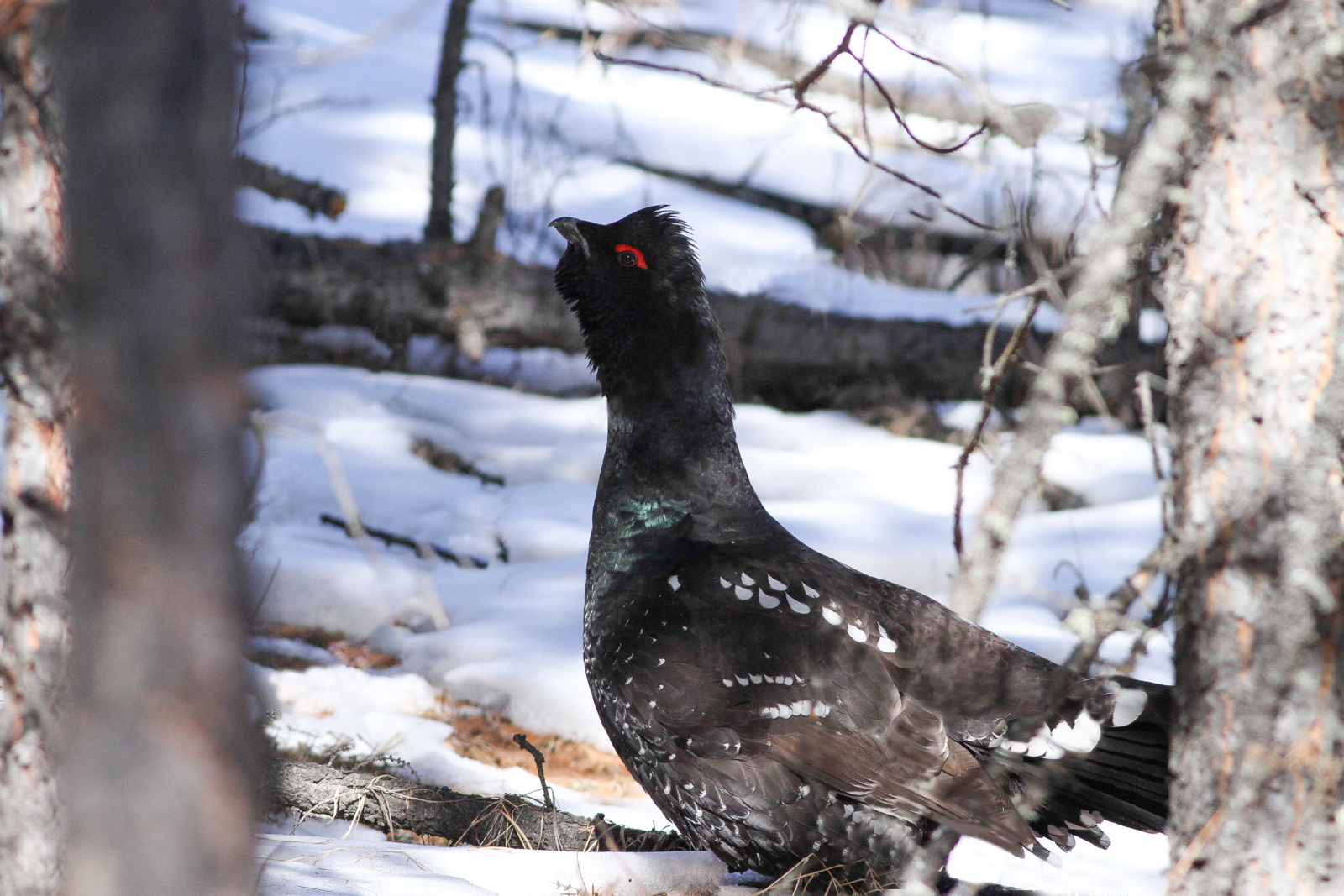 Male Black-billed Capercaillie (Tetrao urogalloides) © Bolormunkh Erdenekhuu
Male Black-billed Capercaillie (Tetrao urogalloides) © Bolormunkh Erdenekhuu
.jpg) Female Black-billed Capercaillie (Tetrao urogalloides) © Otgonbayar Baatargal
Female Black-billed Capercaillie (Tetrao urogalloides) © Otgonbayar Baatargal
 Male Black grouse (Lyrurus tetrix ussuriensis) © Bolormunkh Erdenekhuu
Male Black grouse (Lyrurus tetrix ussuriensis) © Bolormunkh Erdenekhuu
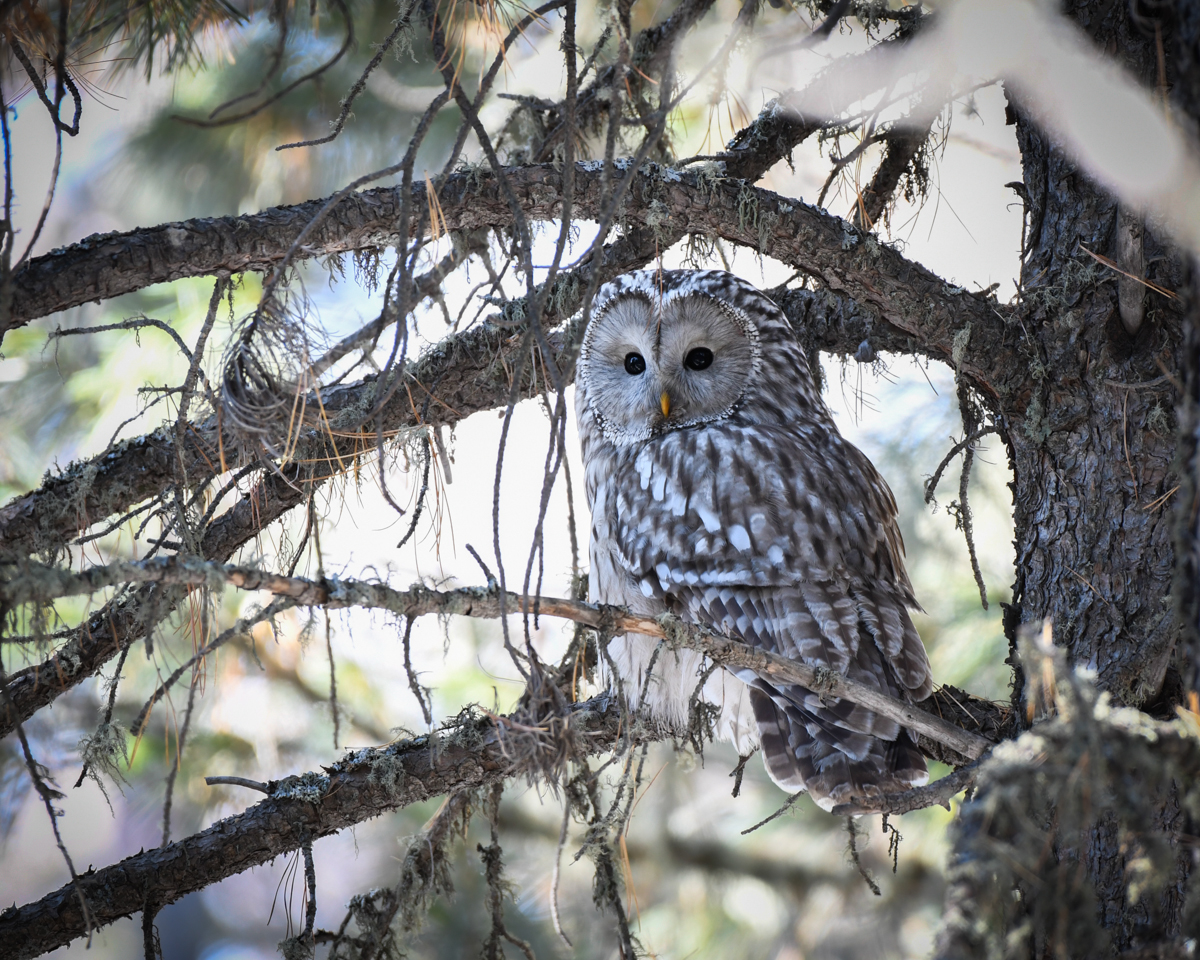 Ural Owl (Strix uralensis) © Bolormunkh Erdenekhuu
Ural Owl (Strix uralensis) © Bolormunkh Erdenekhuu
 Great Grey Owl (Strix nebulosa lapponica) © Bolormunkh Erdenekhuu
Great Grey Owl (Strix nebulosa lapponica) © Bolormunkh Erdenekhuu
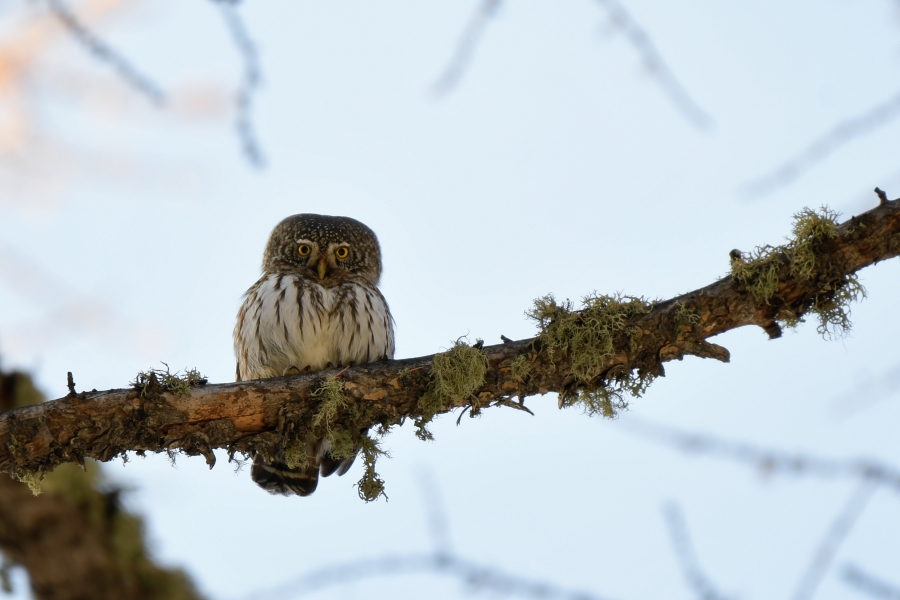 Eurasian Pygmy Owl (Glaucidium passerinum) © Bolormunkh Erdenekhuu
Eurasian Pygmy Owl (Glaucidium passerinum) © Bolormunkh Erdenekhuu
 Male Black-throated Thrush (Turdus atrogularis) © Bolormunkh Erdenekhuu
Male Black-throated Thrush (Turdus atrogularis) © Bolormunkh Erdenekhuu
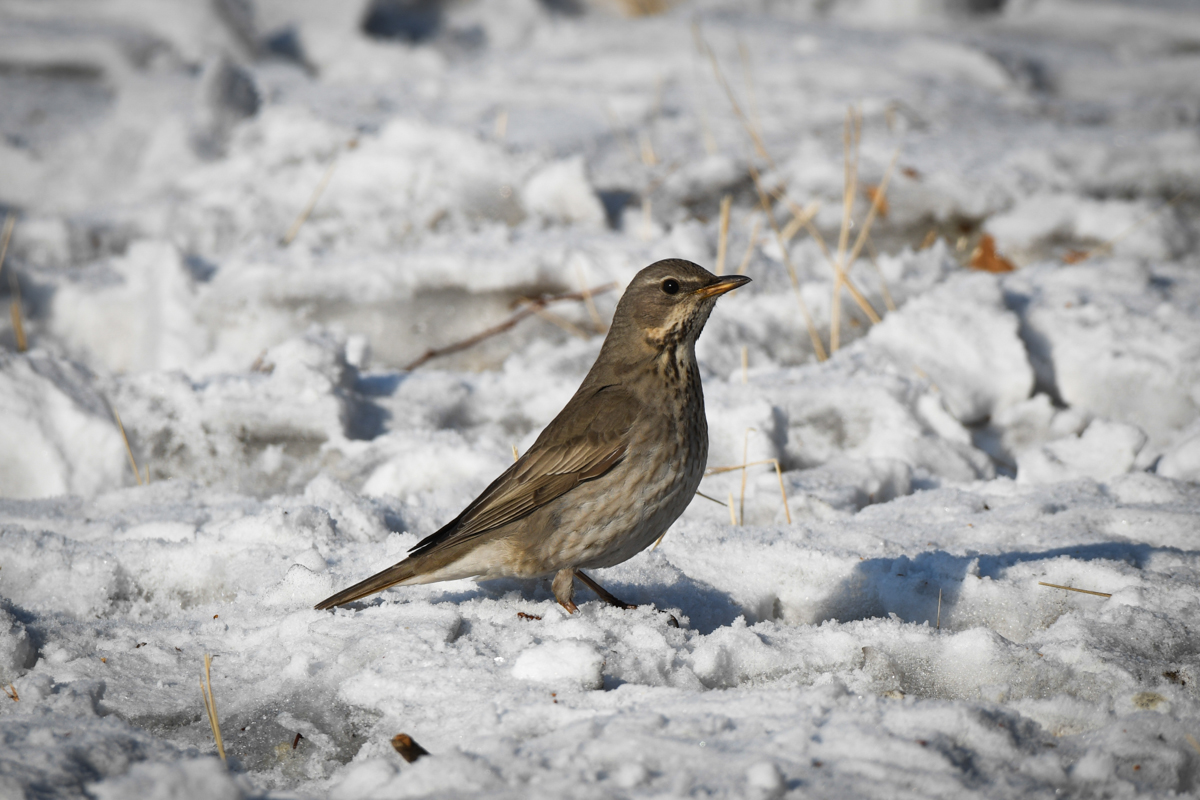 Female Black-throated Thrush (Turdus atrogularis) © Bolormunkh Erdenekhuu
Female Black-throated Thrush (Turdus atrogularis) © Bolormunkh Erdenekhuu
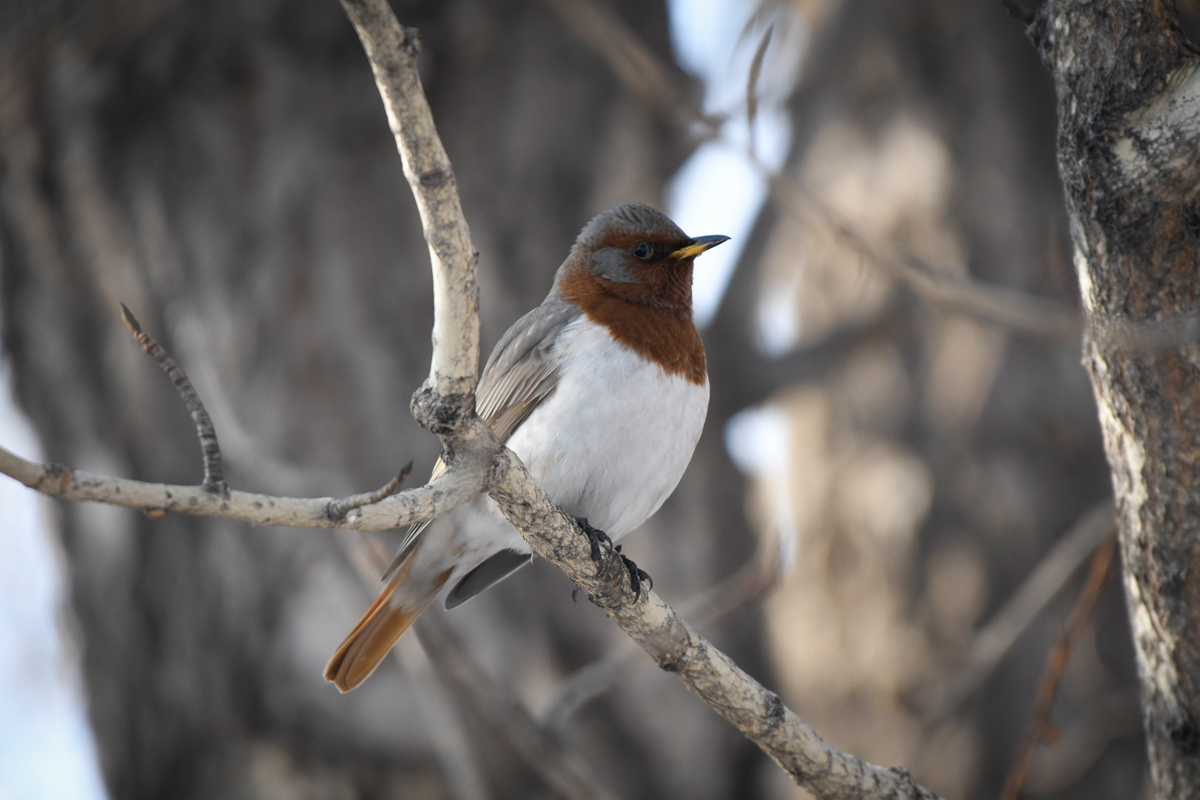 Male Red-throated Thrush (Turdus ruficollis) © Bolormunkh Erdenekhuu
Male Red-throated Thrush (Turdus ruficollis) © Bolormunkh Erdenekhuu
 Female Red-throated Thrush (Turdus ruficollis) © Bolormunkh Erdenekhuu
Female Red-throated Thrush (Turdus ruficollis) © Bolormunkh Erdenekhuu
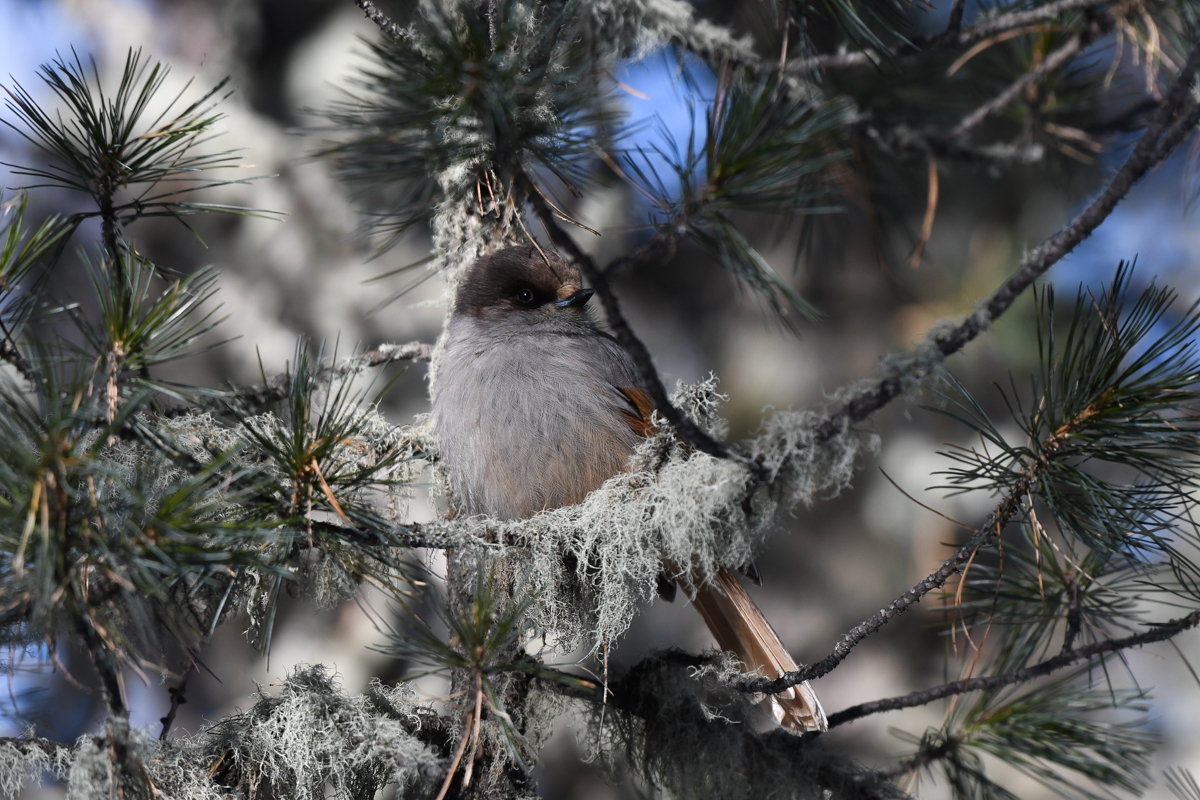
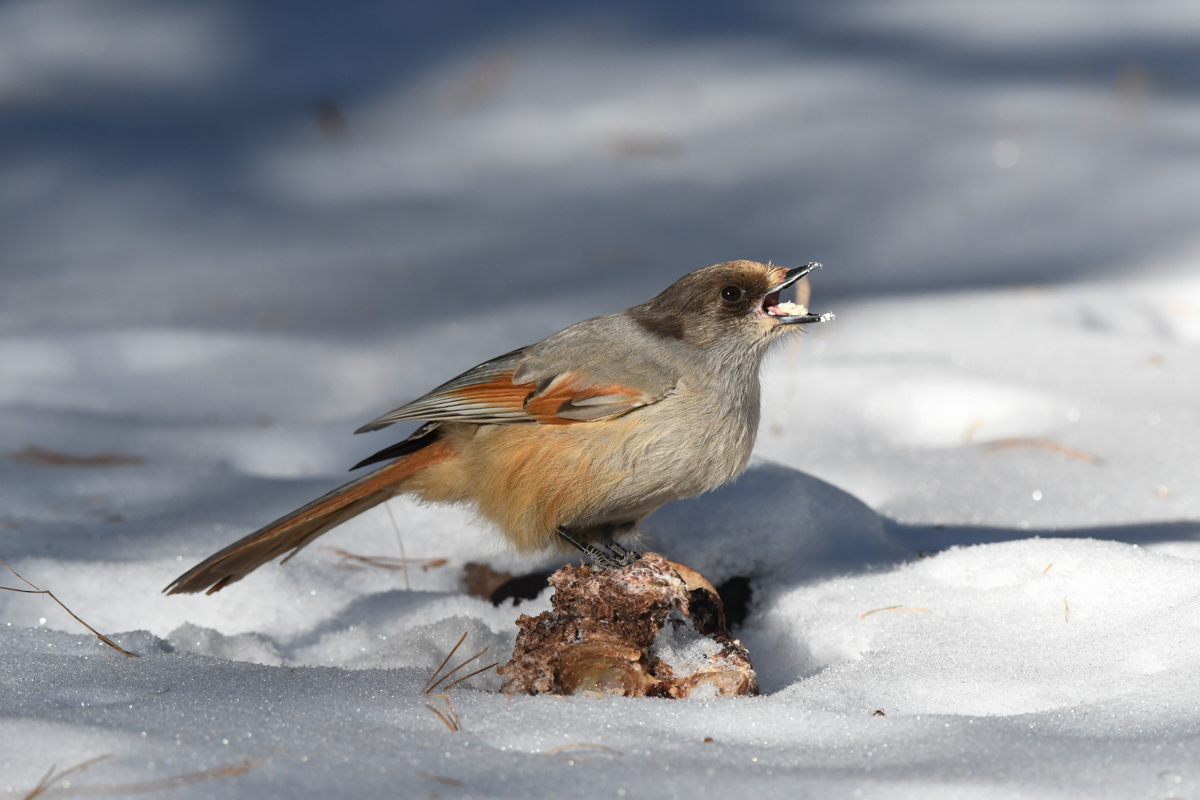
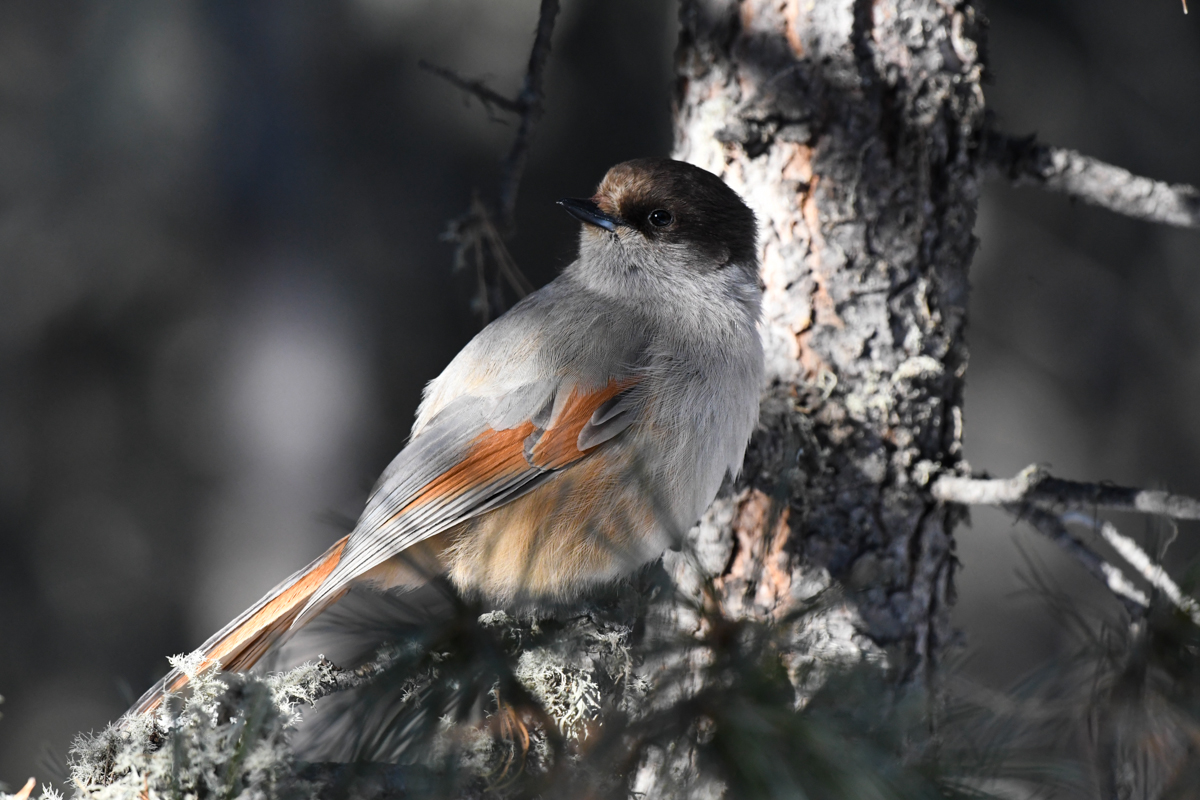

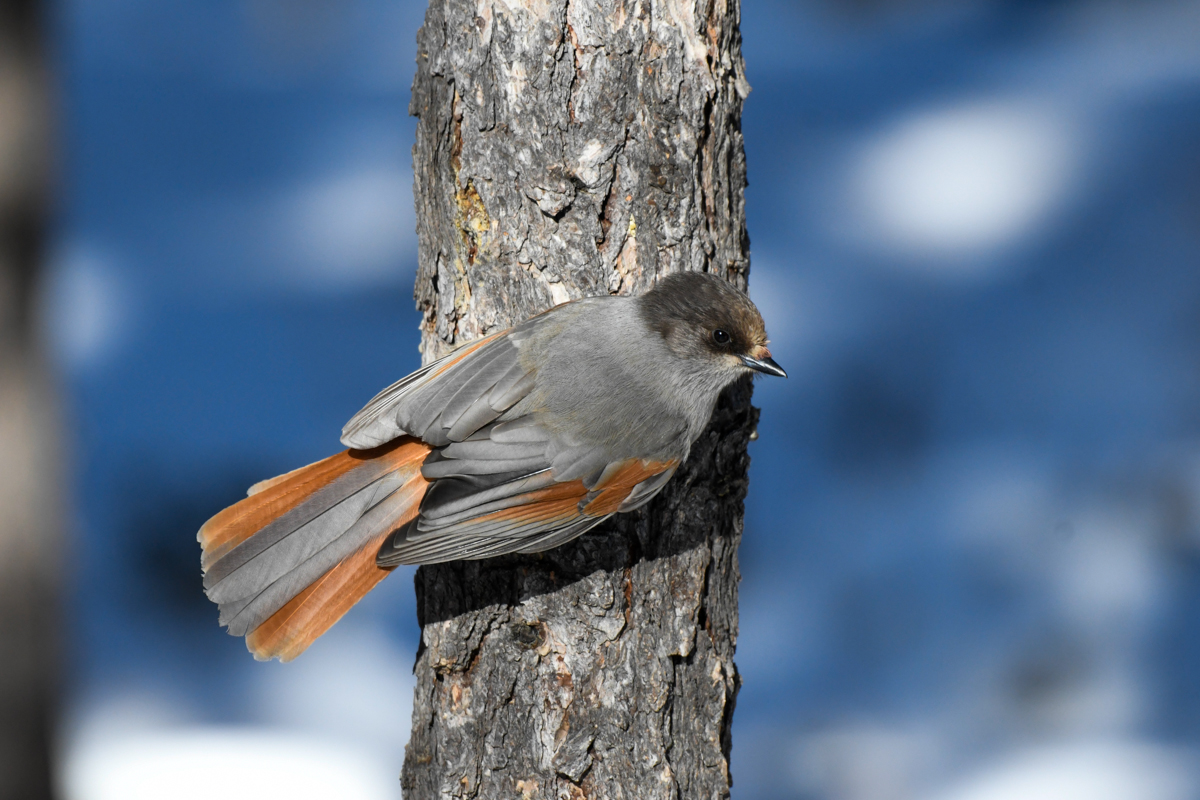 Siberian Jay (Perisoreus infaustus) © Bolormunkh Erdenekhuu
Siberian Jay (Perisoreus infaustus) © Bolormunkh Erdenekhuu
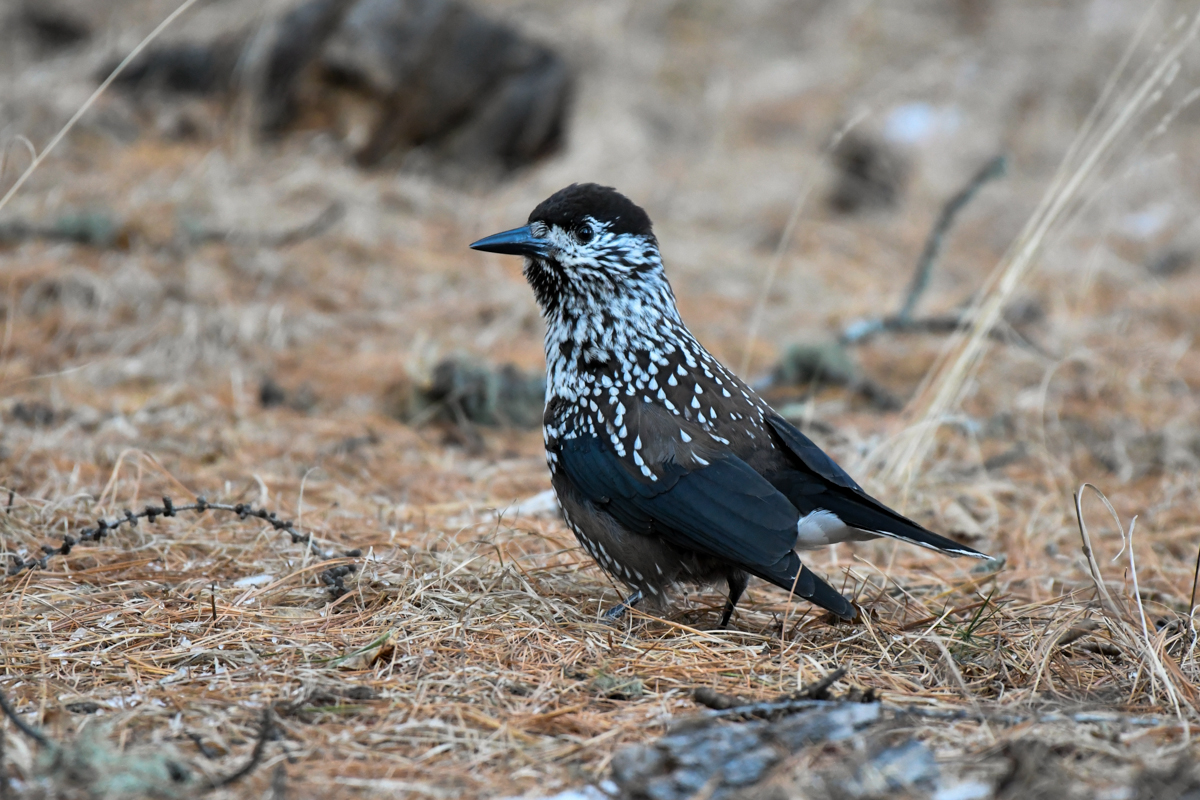

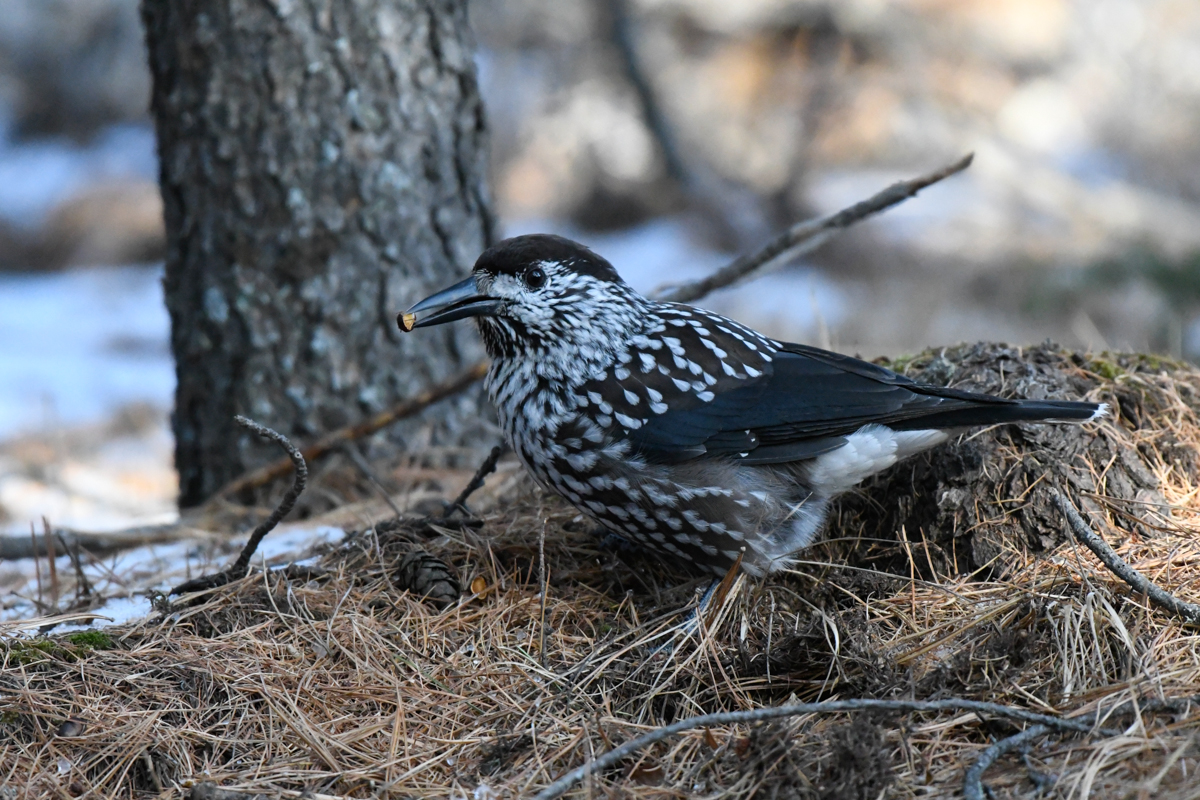 Spotted Nutcracker (Nucifraga caryocatactes) © Bolormunkh Erdenekhuu
Spotted Nutcracker (Nucifraga caryocatactes) © Bolormunkh Erdenekhuu

 Brandt's Jay (Garrulus glandarius brandtii) © Bolormunkh Erdenekhuu
Brandt's Jay (Garrulus glandarius brandtii) © Bolormunkh Erdenekhuu
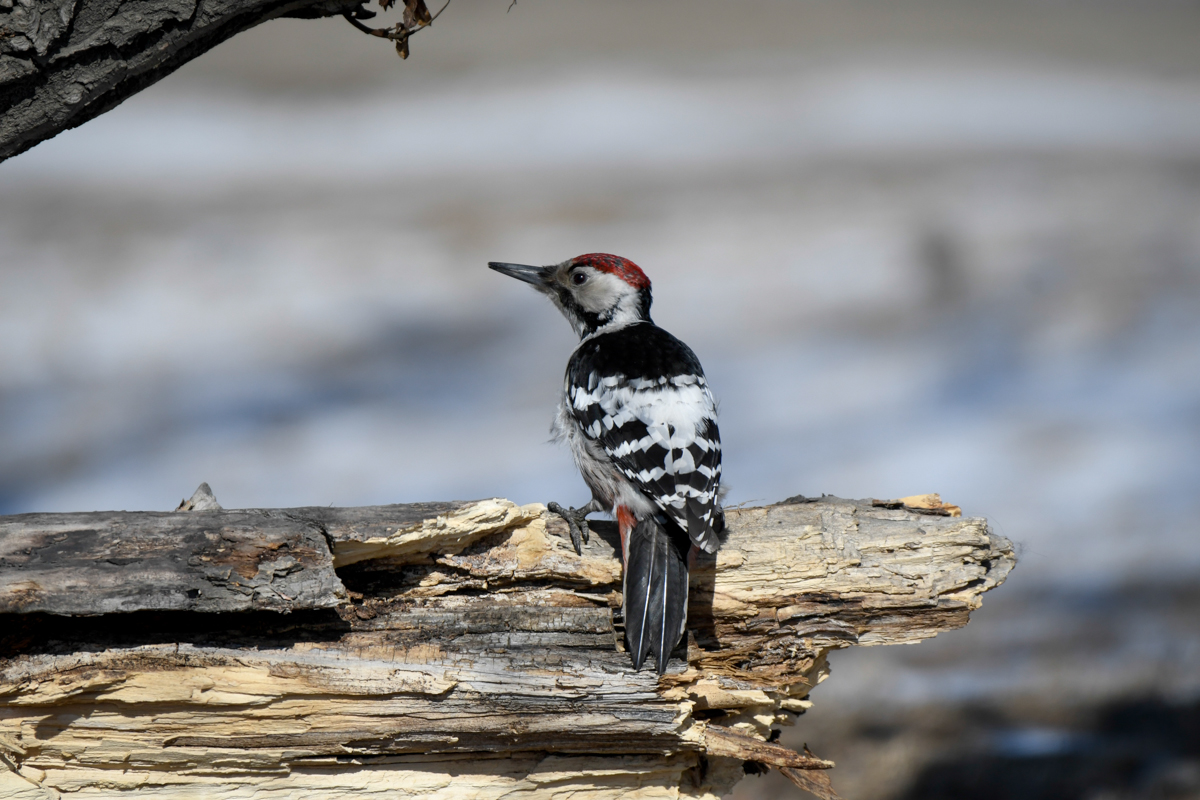 Male White-backed Woodpecker (Dendrocopos leucotos) © Bolormunkh Erdenekhuu
Male White-backed Woodpecker (Dendrocopos leucotos) © Bolormunkh Erdenekhuu

.jpg) Male Grey-headed Woodpecker (Picus canus jessoensis) © Bolormunkh Erdenekhuu
Male Grey-headed Woodpecker (Picus canus jessoensis) © Bolormunkh Erdenekhuu
 Male Eurasian three-toed Woodpecker (Picoides tridactylus) © Bolormunkh Erdenekhuu
Male Eurasian three-toed Woodpecker (Picoides tridactylus) © Bolormunkh Erdenekhuu
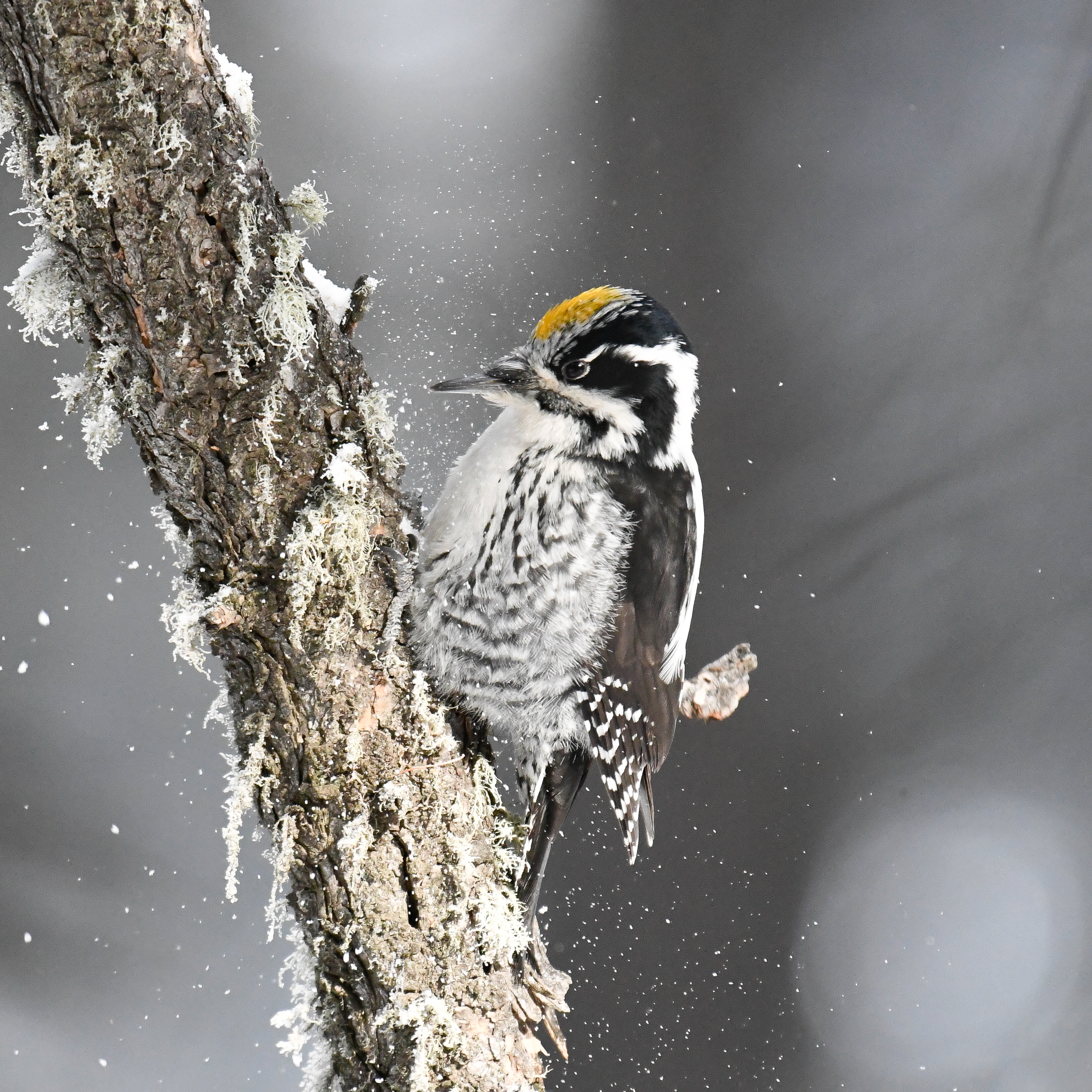
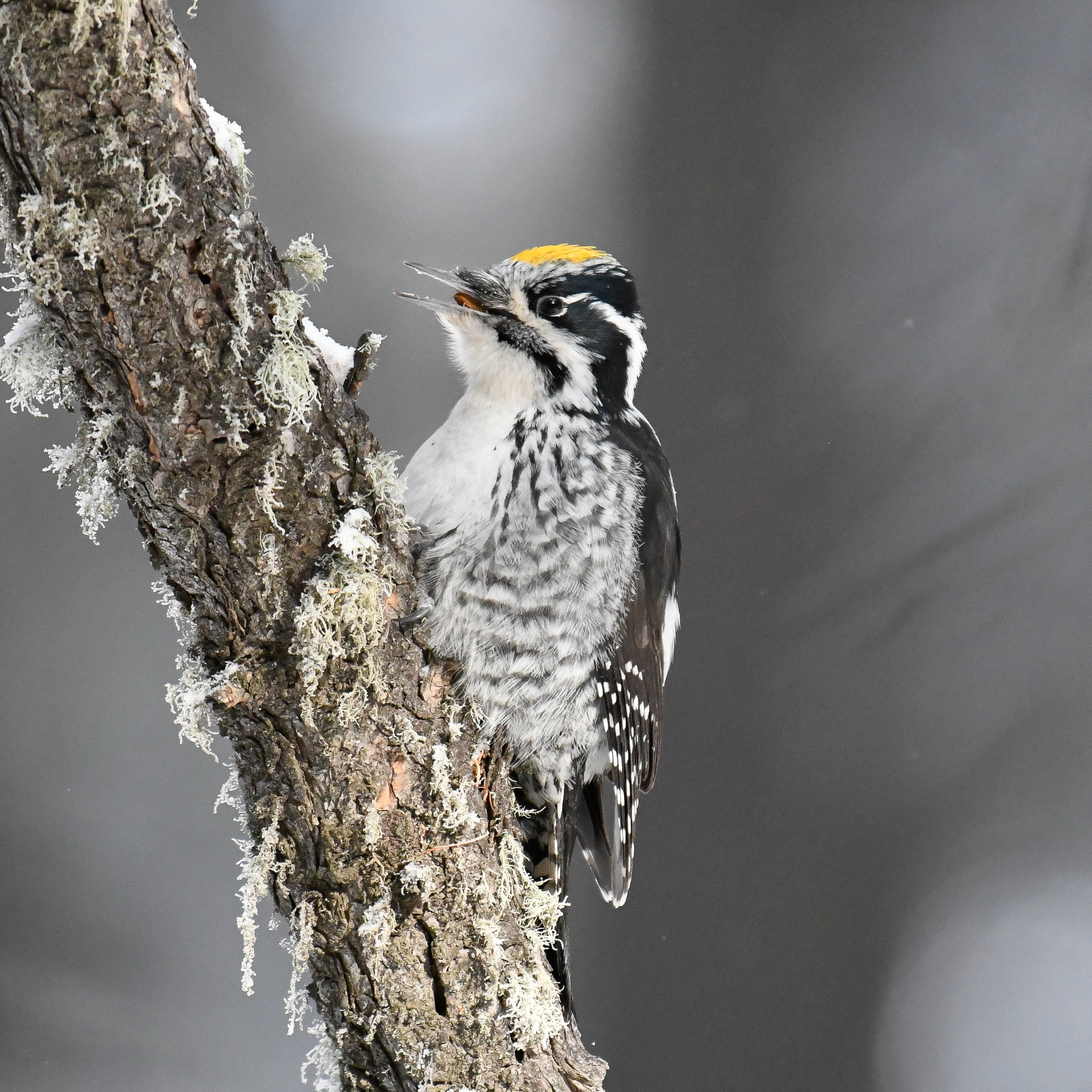
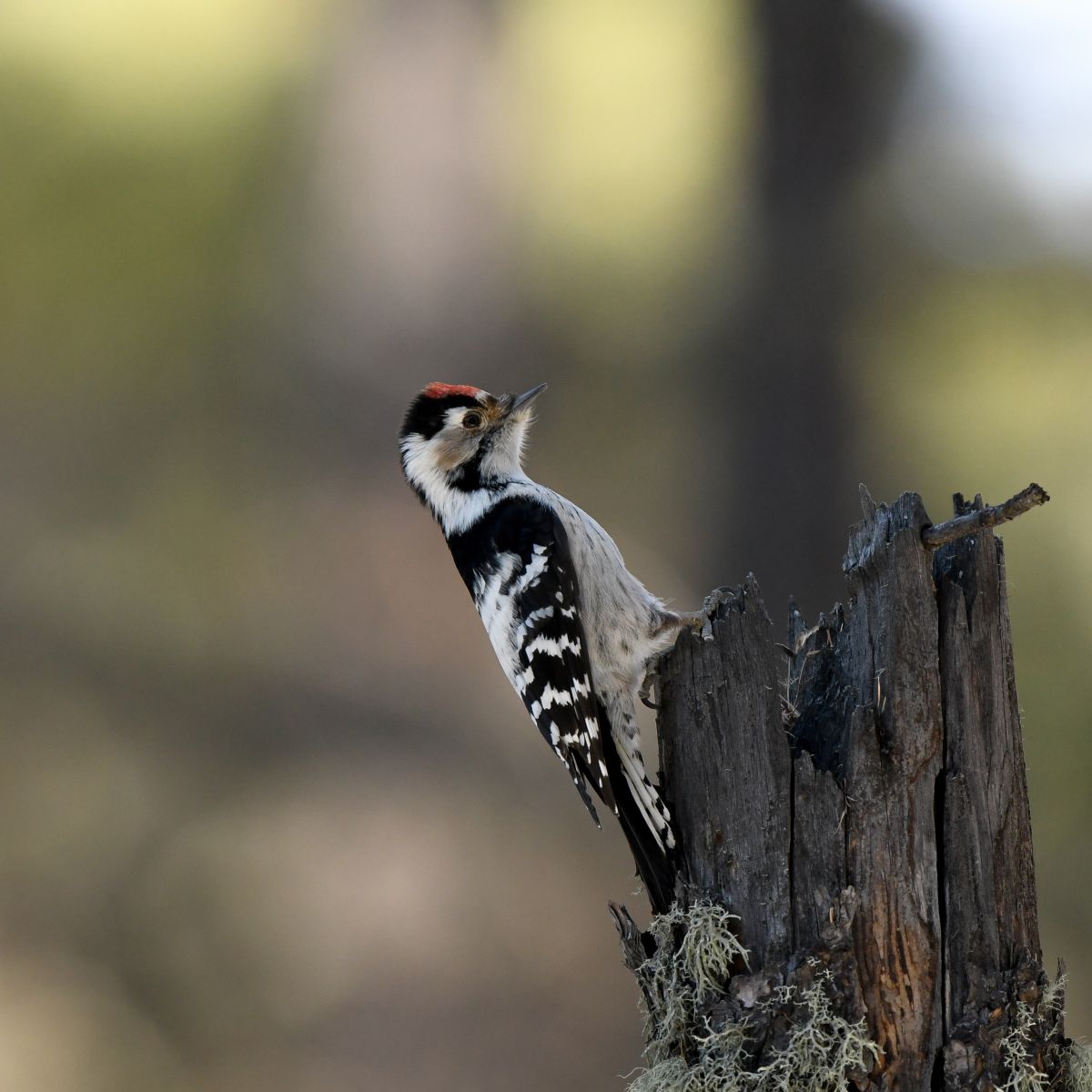 Male Lesser Spotted Woodpecker © Bolormunkh Erdenekhuu
Male Lesser Spotted Woodpecker © Bolormunkh Erdenekhuu
.jpg)
 Female Black Woodpecker © Bolormunkh Erdenekhuu
Female Black Woodpecker © Bolormunkh Erdenekhuu
.jpg)
.jpg) Male Long-tailed Rosefinch (Carpodacus sibiricus) © Bolormunkh Erdenekhuu
Male Long-tailed Rosefinch (Carpodacus sibiricus) © Bolormunkh Erdenekhuu
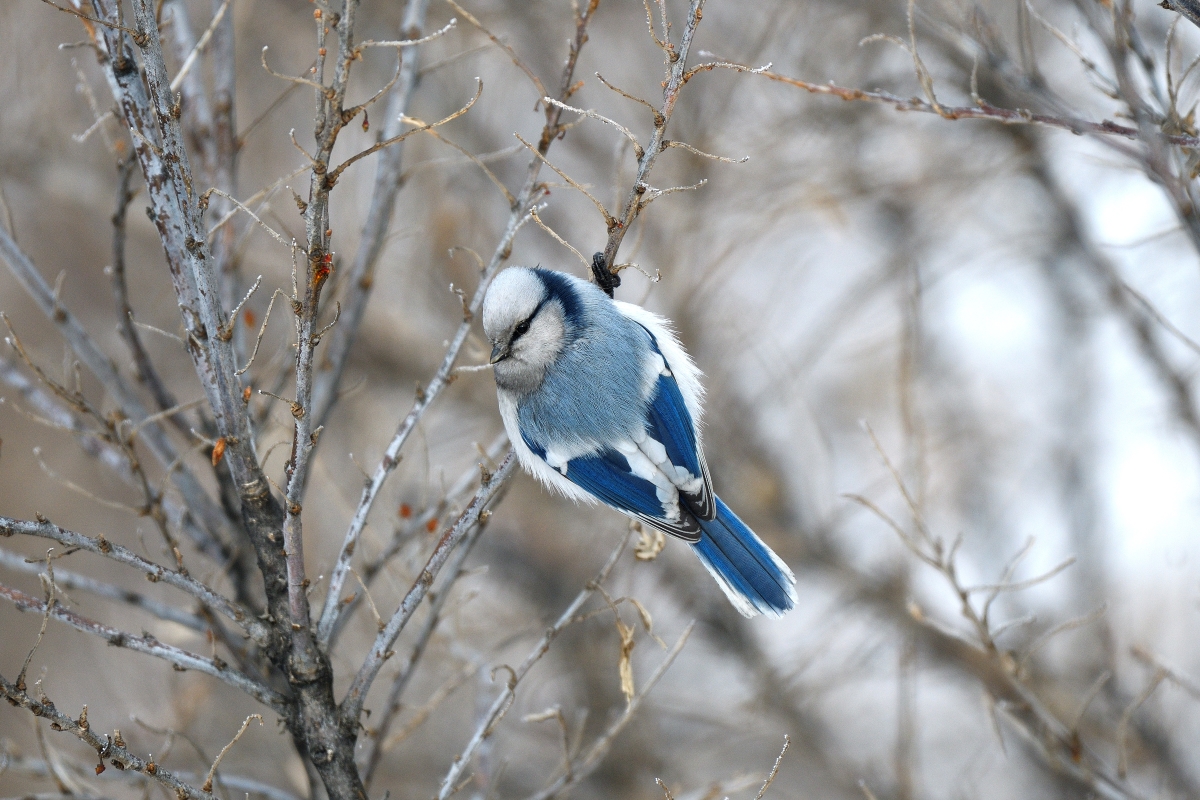 Azure Tit (Cyanistes cyanus) © Bolormunkh Erdenekhuu
Azure Tit (Cyanistes cyanus) © Bolormunkh Erdenekhuu
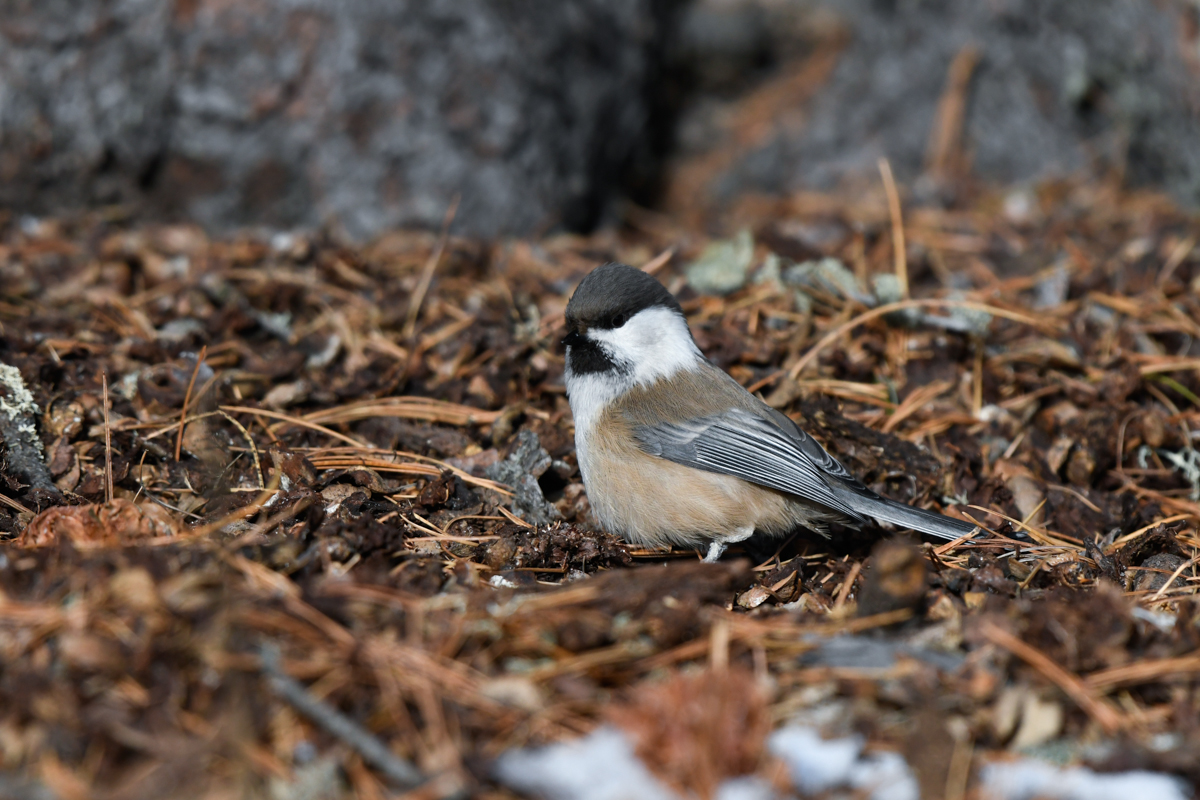
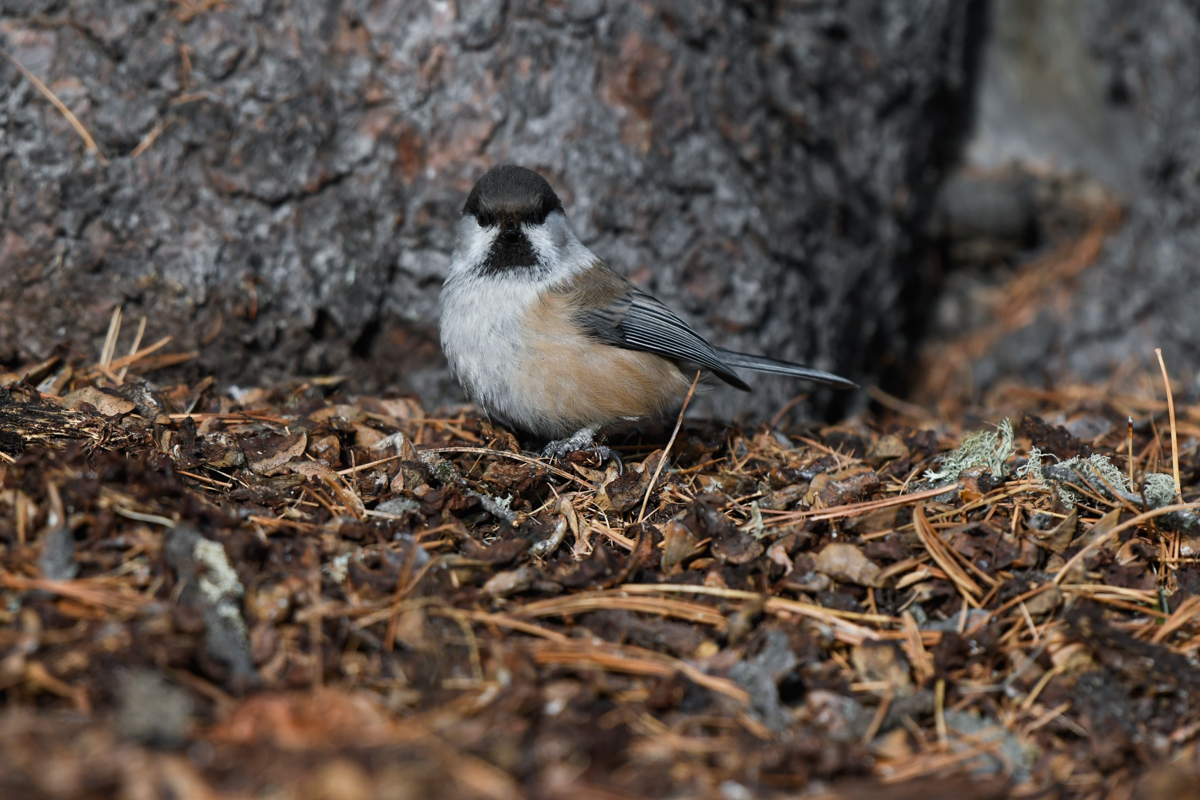
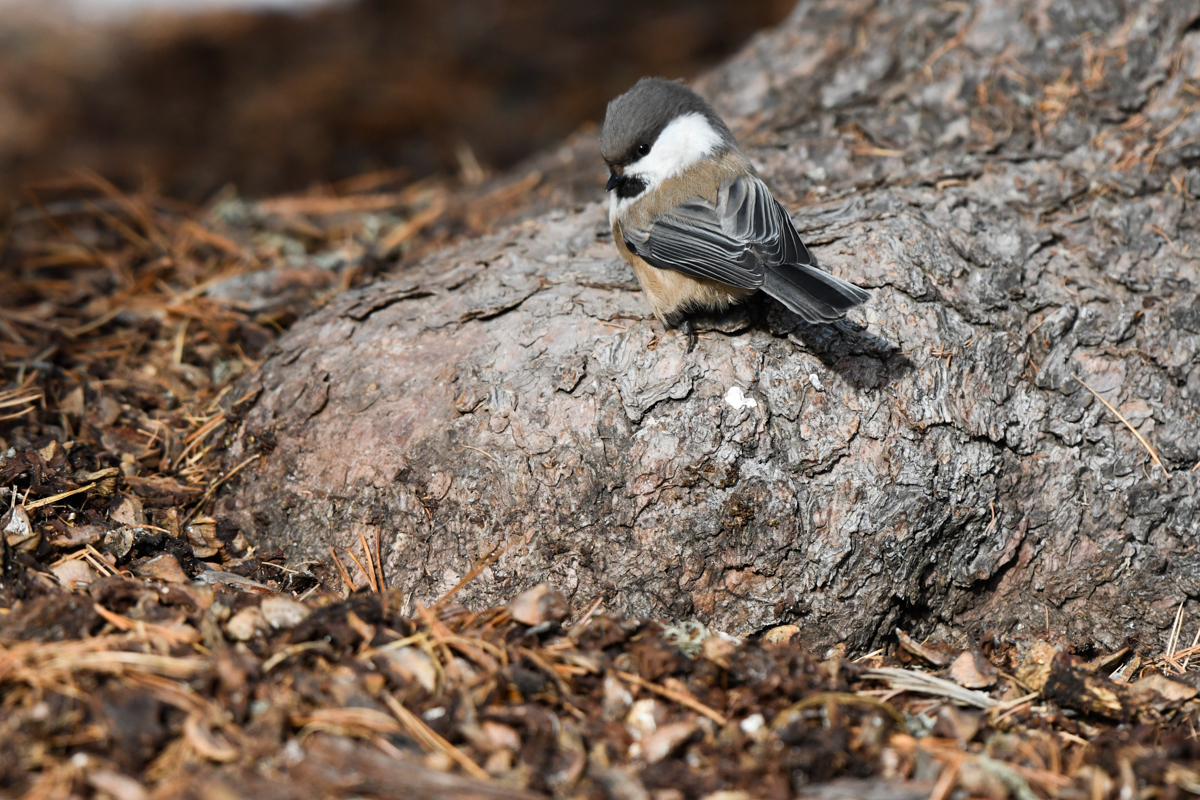
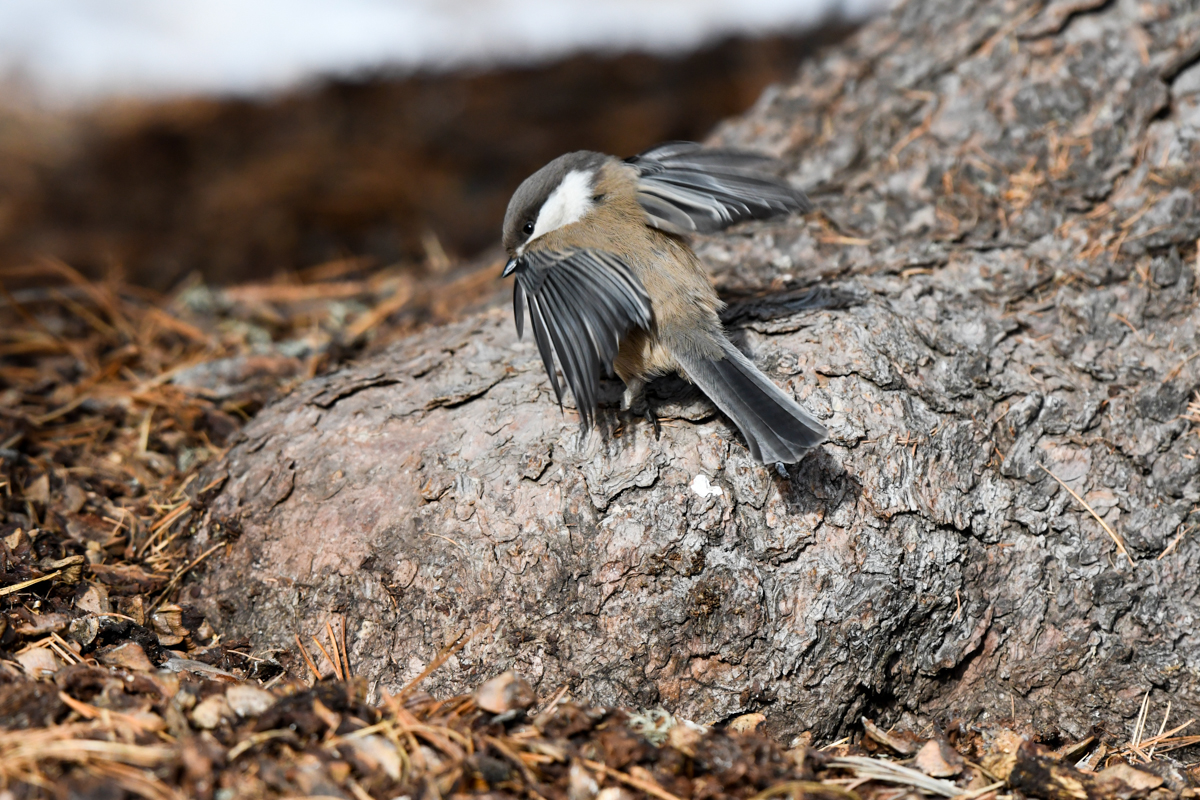 Siberian Tit (Poecile cinctus) © Bolormunkh Erdenekhuu
Siberian Tit (Poecile cinctus) © Bolormunkh Erdenekhuu
.jpg)
.jpg)
.jpg)
.jpg) Bohemian Waxwing (Bombycilla garrulus) © Bolormunkh Erdenekhuu
Bohemian Waxwing (Bombycilla garrulus) © Bolormunkh Erdenekhuu
.jpg)
.jpg) White-throated Dipper (Cinclus cinclus leucogaster) © Bolormunkh Erdenekhuu
White-throated Dipper (Cinclus cinclus leucogaster) © Bolormunkh Erdenekhuu
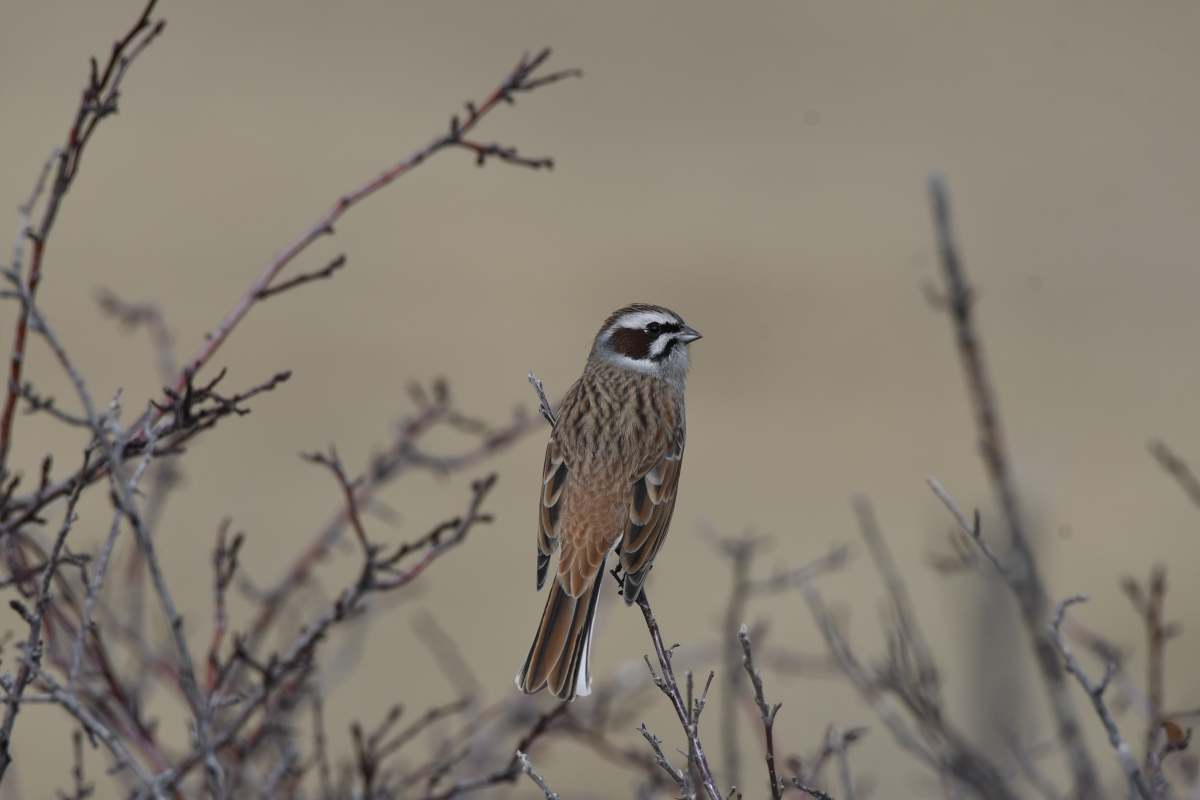 Male meadow Bunting (Emberiza cioides) © Bolormunkh Erdenekhuu
Male meadow Bunting (Emberiza cioides) © Bolormunkh Erdenekhuu
 Male Baikal Bullfinch (Pyrrhula pyrrhula cineracea) © Bolormunkh Erdenekhuu
Male Baikal Bullfinch (Pyrrhula pyrrhula cineracea) © Bolormunkh Erdenekhuu
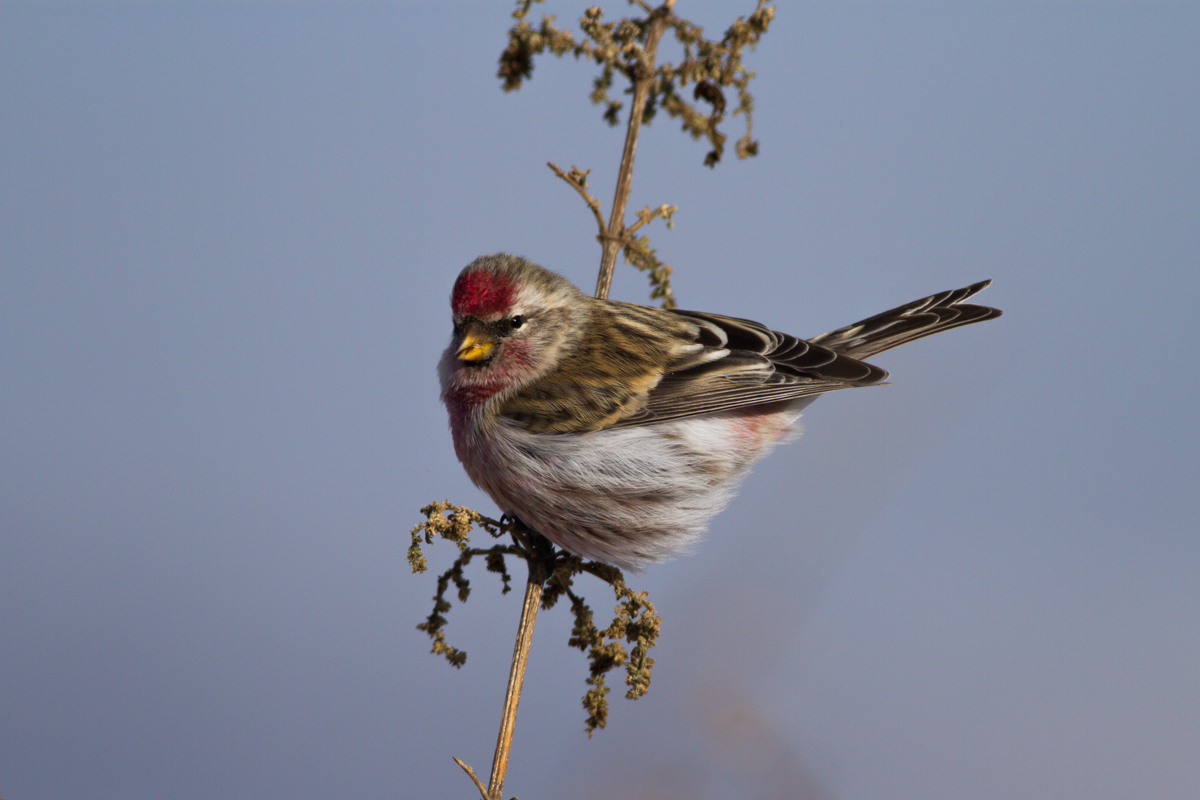 Adult male Mealy Redpoll (Acanthis flammea) © Bolormunkh Erdenekhuu
Adult male Mealy Redpoll (Acanthis flammea) © Bolormunkh Erdenekhuu
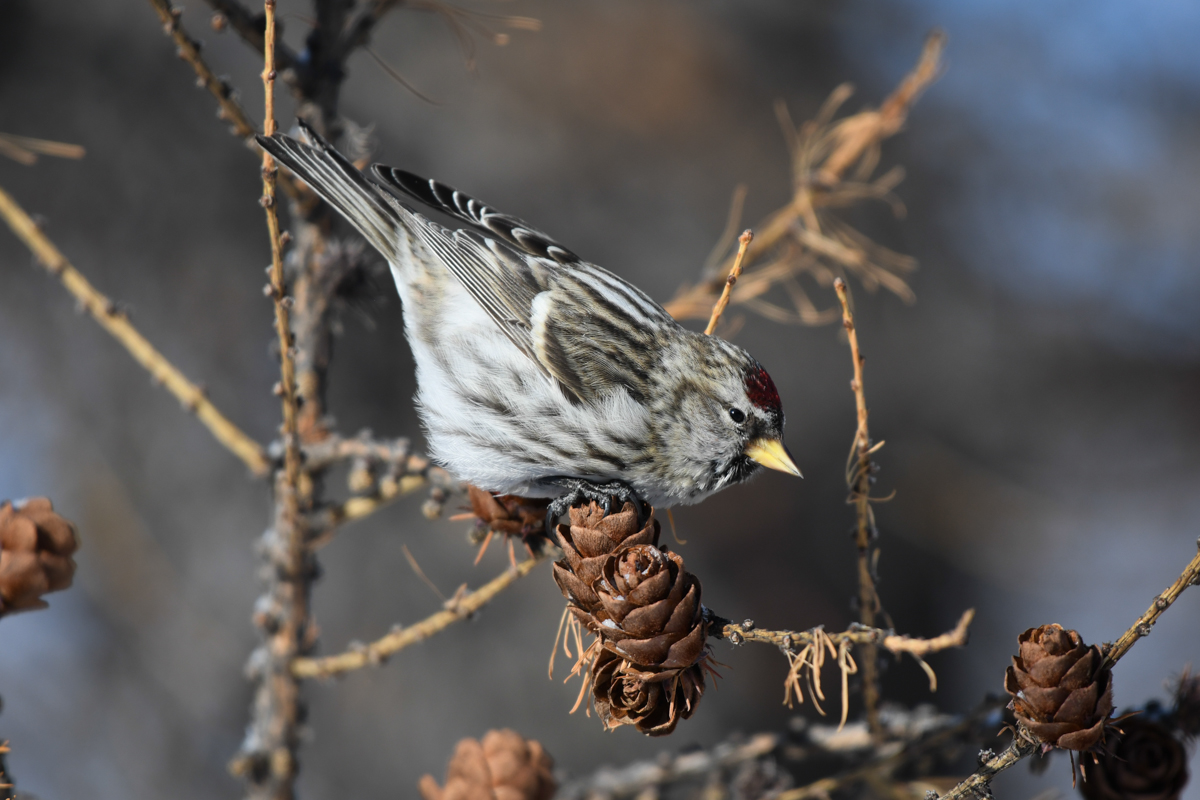 Female Mealy Redpoll (Acanthis flammea holboellii) © Bolormunkh Erdenekhuu
Female Mealy Redpoll (Acanthis flammea holboellii) © Bolormunkh Erdenekhuu
.jpg) Mealy Redpoll (Acanthis flammea) © Bolormunkh Erdenekhuu
Mealy Redpoll (Acanthis flammea) © Bolormunkh Erdenekhuu
.jpg) Adult Arctic Redpoll (Acanthis hornemanni exilipes) © Bolormunkh Erdenekhuu
Adult Arctic Redpoll (Acanthis hornemanni exilipes) © Bolormunkh Erdenekhuu
.jpg) 2cy Arctic Redpoll (Acanthis hornemanni exilipes) © Bolormunkh Erdenekhuu
2cy Arctic Redpoll (Acanthis hornemanni exilipes) © Bolormunkh Erdenekhuu
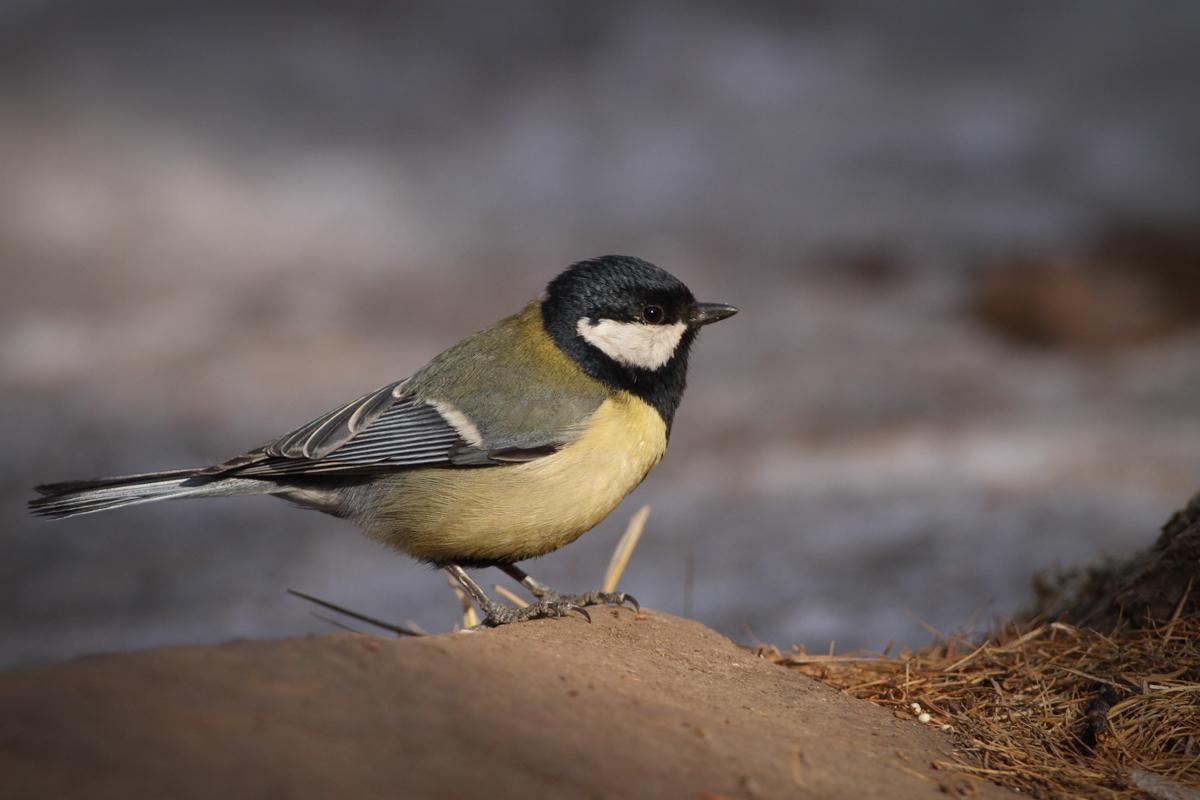 Great Tit (Parus major) © Bolormunkh Erdenekhuu
Great Tit (Parus major) © Bolormunkh Erdenekhuu
.jpg) Coal Tit (Parus ater) © Bolormunkh Erdenekhuu
Coal Tit (Parus ater) © Bolormunkh Erdenekhuu

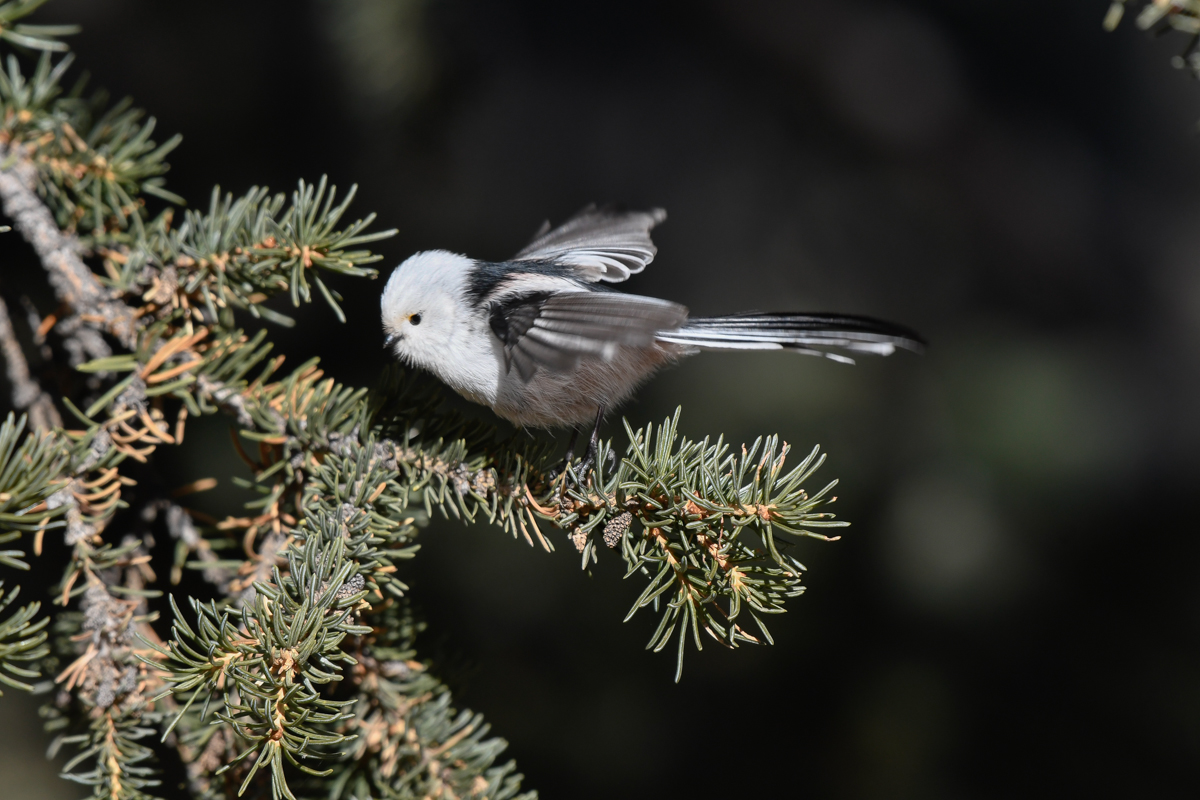
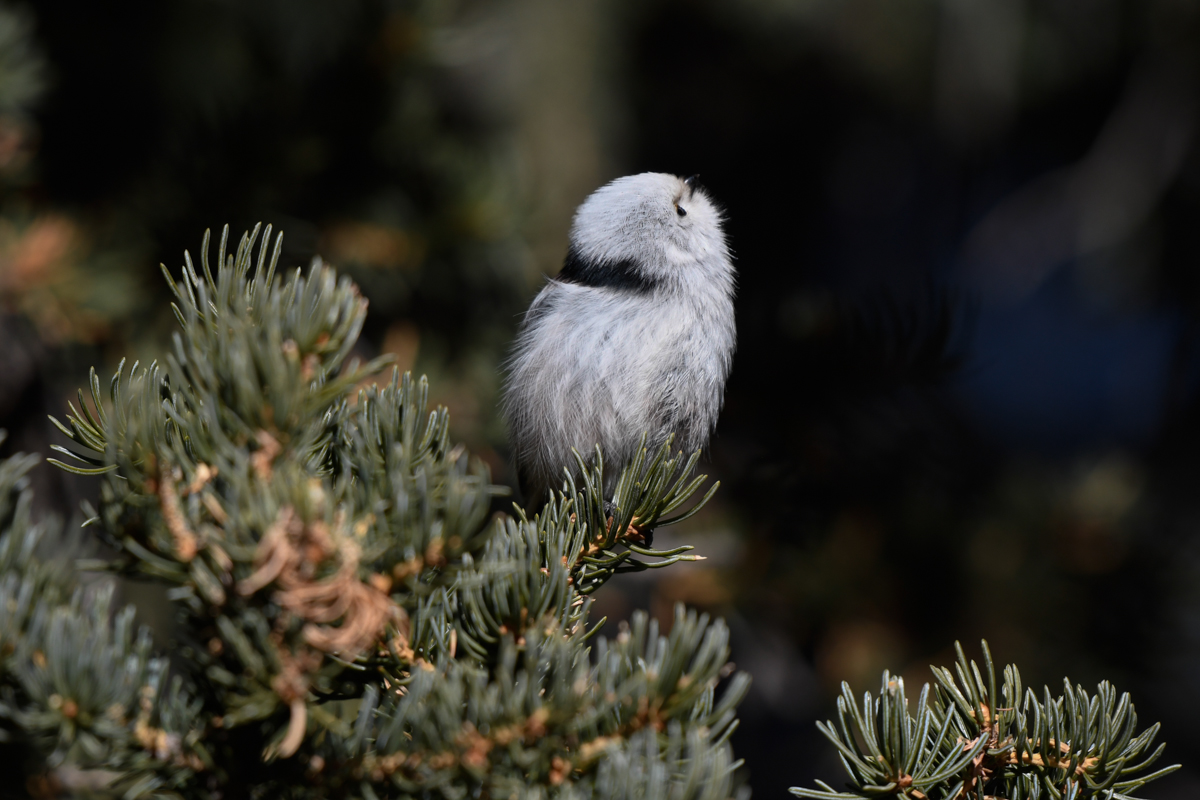 Long-tailed Tit (Aegithalos caudatus) © Bolormunkh Erdenekhuu
Long-tailed Tit (Aegithalos caudatus) © Bolormunkh Erdenekhuu

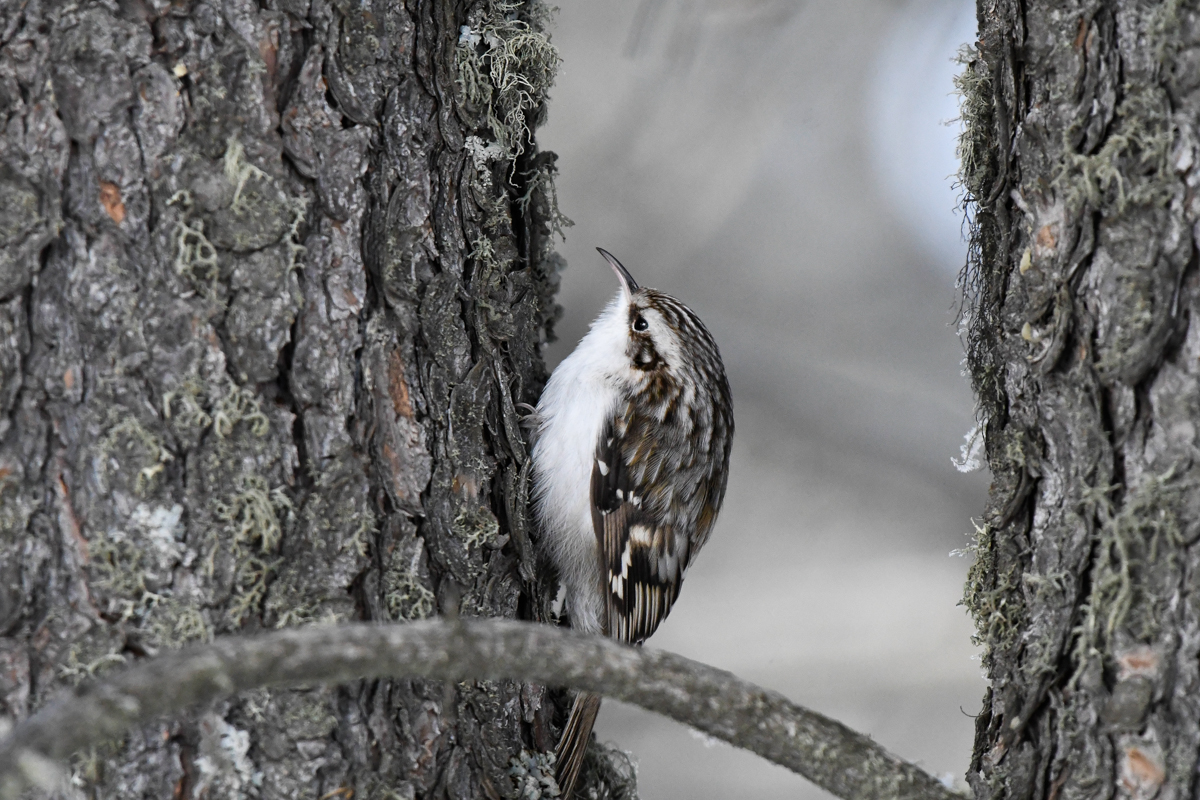 Eurasian Treecreeper (Certhia familaris daurica) © Bolormunkh Erdenekhuu
Eurasian Treecreeper (Certhia familaris daurica) © Bolormunkh Erdenekhuu
.jpg) Adult male Pine Grosbeak © Bolormunkh Erdenekhuu
Adult male Pine Grosbeak © Bolormunkh Erdenekhuu
.jpg) Adult female Pine Grosbeak © Bolormunkh Erdenekhuu
Adult female Pine Grosbeak © Bolormunkh Erdenekhuu
.jpg) 1st cy Pine Grosbeak © Bolormunkh Erdenekhuu
1st cy Pine Grosbeak © Bolormunkh Erdenekhuu
.jpg) 1st cy male Pine Grosbeak © Bolormunkh Erdenekhuu
1st cy male Pine Grosbeak © Bolormunkh Erdenekhuu
.jpg) Adult male Red Crossbill © Bolormunkh Erdenekhuu
Adult male Red Crossbill © Bolormunkh Erdenekhuu
.jpg) Adult female Red Crossbill © Bolormunkh Erdenekhuu
Adult female Red Crossbill © Bolormunkh Erdenekhuu
.jpg) 1st cy male Red Crossbill © Bolormunkh Erdenekhuu
1st cy male Red Crossbill © Bolormunkh Erdenekhuu
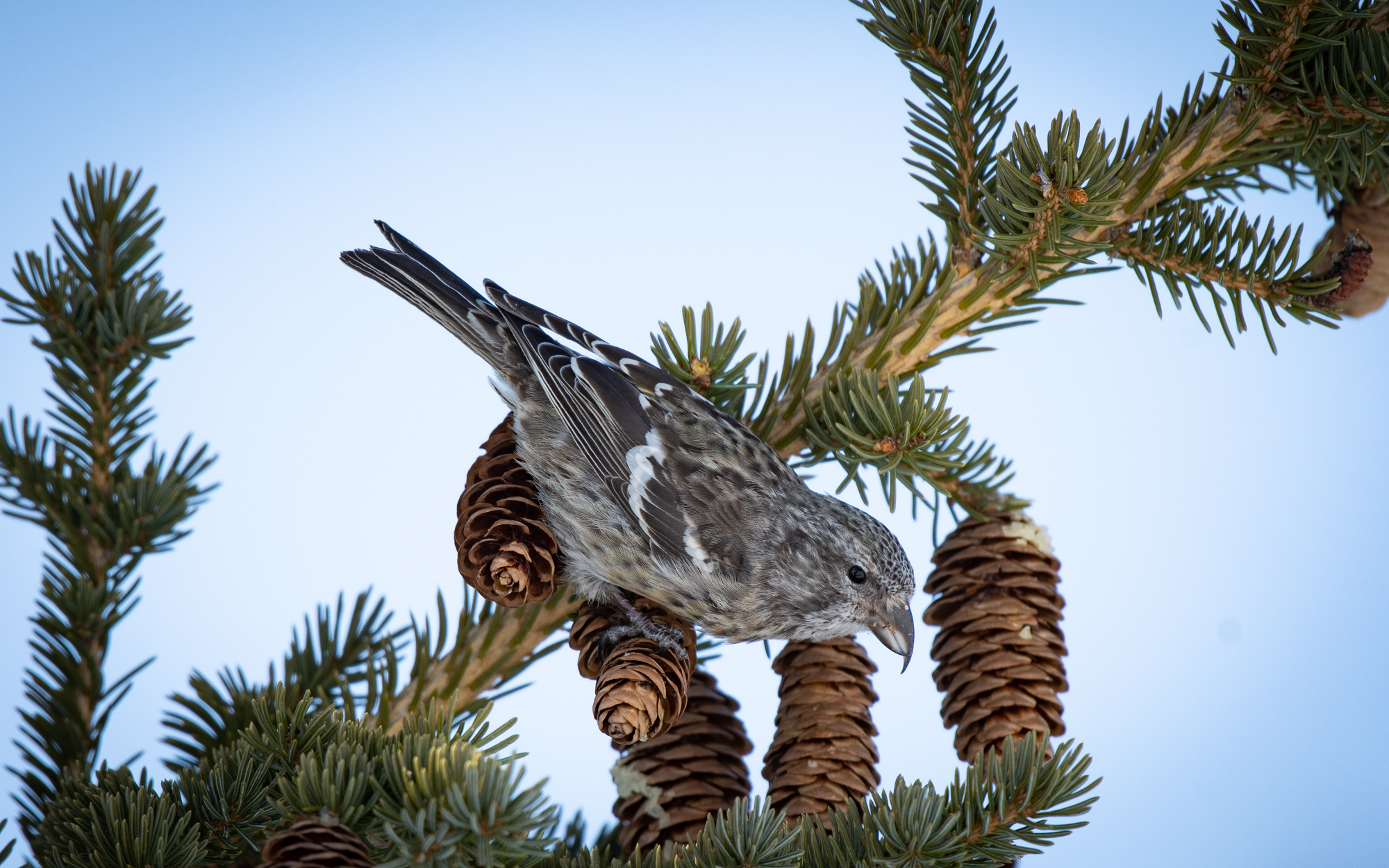 1st cy female Two-barred Crossbill © Bolormunkh Erdenekhuu
1st cy female Two-barred Crossbill © Bolormunkh Erdenekhuu
.jpg)
.jpg) Eurasian Nuthatch (Sitta europaea asiatica) © Bolormunkh Erdenekhuu
Eurasian Nuthatch (Sitta europaea asiatica) © Bolormunkh Erdenekhuu

